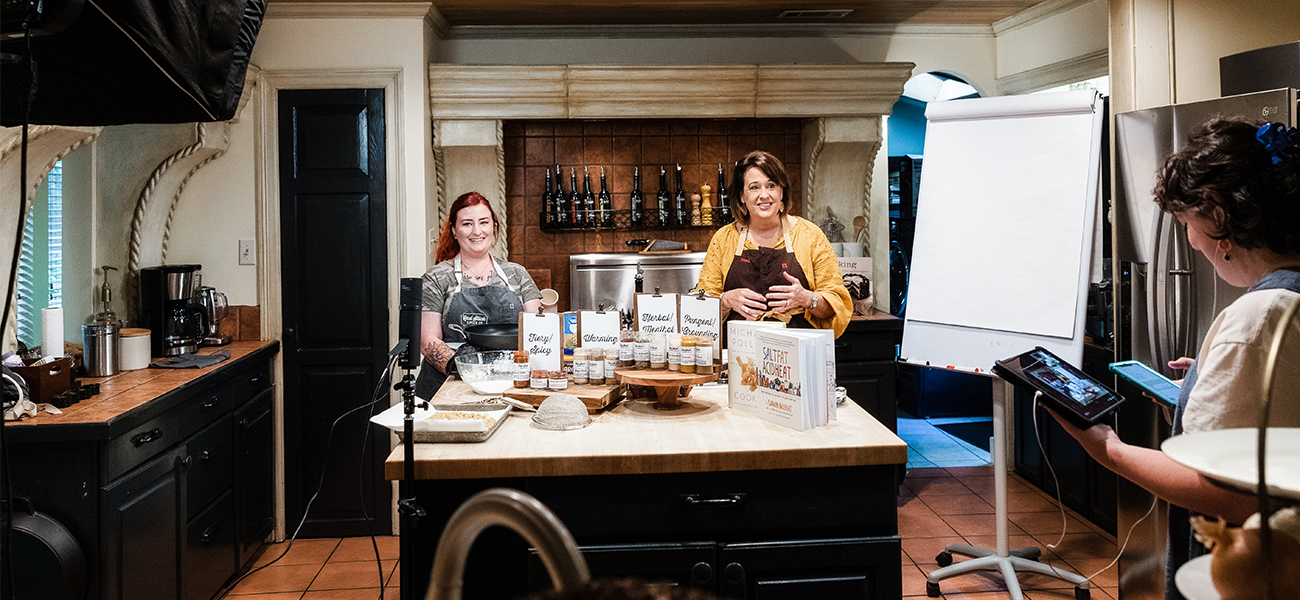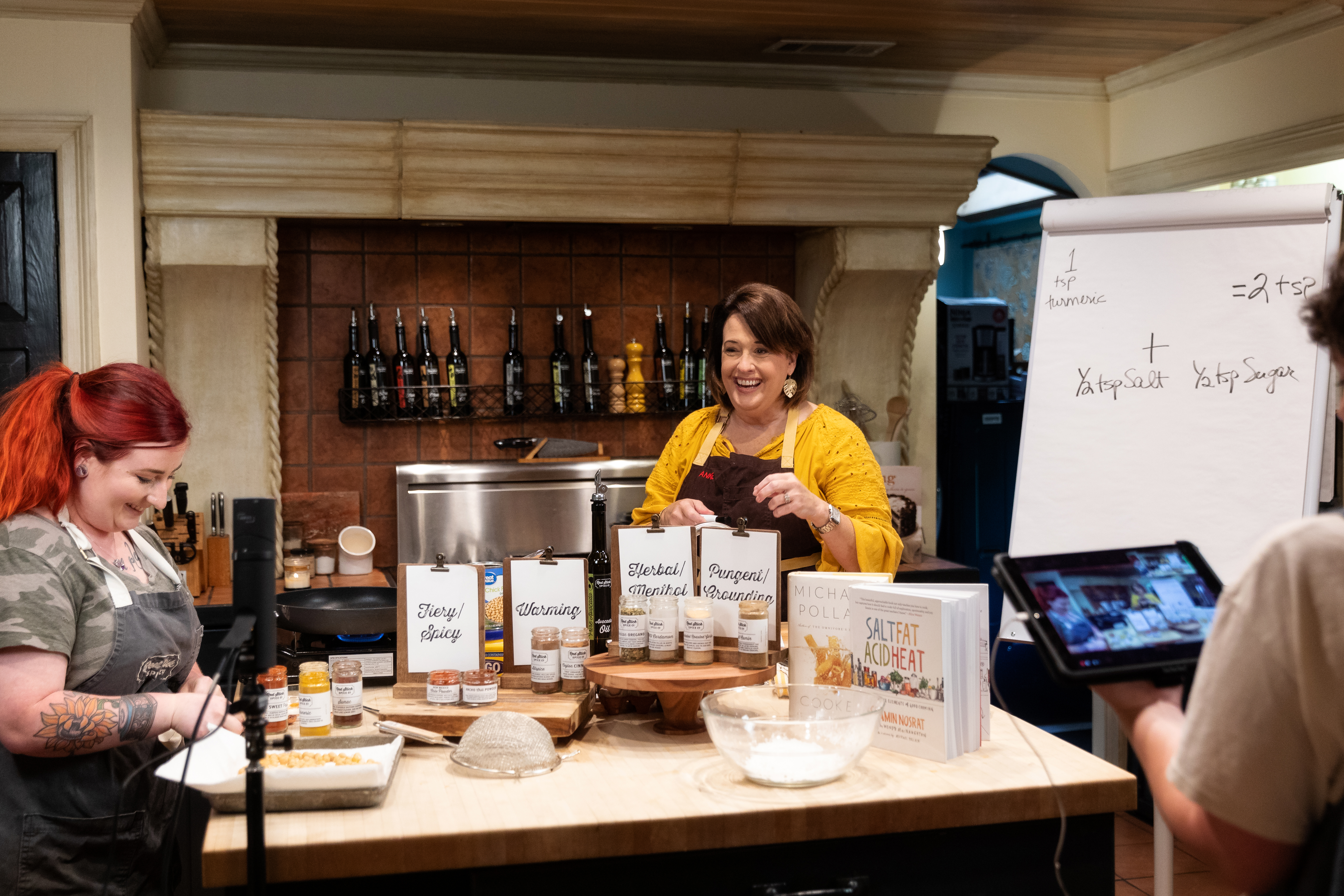
How Baton Rouge food companies used technology to maintain business in a rapidly changing world
It was St. Patrick’s Day when the statewide shutdown of bars and restaurants began. Anne Milneck remembers it vividly because it was the same day she went from teaching cooking classes in rooms full of people to filming classes on Facebook Live from her home kitchen.
Though she’d had a previously planned private event that night, Milneck recognized that it was just as important for a food shop to practice social distancing as it was for restaurants. She canceled all her events and began rethinking her retail strategy.
For the Red Stick Spice Co. owner, filming videos was never a top priority. She was camera shy and preferred interacting with her students in-person. But on this day, she didn’t even flinch when her social media manager asked her to get in front of the camera.
|
|
“This is what the world needs right now,” Milneck says. “Let’s not even think about making this transition to a transaction at the cash register. That’s not even a part of the conversation.”

During the passing weeks of uncertainty, more businesses began stepping outside of their comfort zone, finding new ways to market and—most of all—stay connected with their customers.
This was the new normal for many local businesses. They were challenged to think outside the box to generate new revenue with what they had readily available: technology. With the help of apps like Instagram and Facebook and easy-to-shop websites, businesses maintained communication with customers and promoted and sold products in new ways.
Red Stick Spice Co. started taking more online orders, revamped the website with virtual cooking classes and recipes, and collaborated with electronic bike-sharing company Gotcha so staff could deliver spices on bikes to nearby neighborhoods.
“This is more content than we have generated in years,” Milneck says. “We just want to keep moving forward. Our thoughts were, let’s just do what we know and put it out to the world.”
The Overpass Merchant was one of many restaurants that pivoted to social media during the shutdown. The Perkins Road eatery hosted a contactless crawfish boil, released family meal package deals and promoted daily specials using close-up shots of enticing dishes.
Before White Star Market permanently closed in late March, plant-based vendor The Dish relied heavily on social media to share its menu, updated hours and to-go options.
In February, the restaurant had made a serendipitous move to launch its own app, where customers could view the menu and place orders for pick-up at the market. Little did co-owners Jessica Kisling and Domini Bradford know then how useful it would be when they’d switch over to a takeout-only format in mid-March.
They also, of course, never dreamed they’d have to shut their booth down so soon, as the quickly spreading virus made it difficult for White Star and its vendors to sustain themselves financially.
The future may be foggy for now, but the co-owners plan to use the downtime for recipe development and finding a new location—and they won’t soon forget the power of technology in a world where anything can happen.
“Technology is everything,” Milneck says. “As a business owner, you have to ask yourself, ‘What’s already here that we can really make use of?’ And it always comes down to technology.”
This article was originally published as part of the ‘Restaurants fight to survive’ cover story in the May 2020 issue of 225 Magazine.
|
|
|

